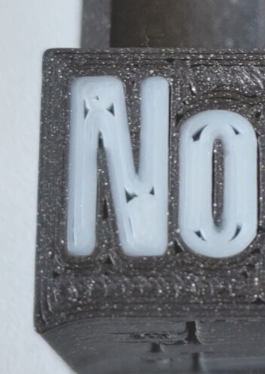3DPrinting
3DPrinting is a place where makers of all skill levels and walks of life can learn about and discuss 3D printing and development of 3D printed parts and devices.
The r/functionalprint community is now located at: or !functionalprint@fedia.io
There are CAD communities available at: !cad@lemmy.world or !freecad@lemmy.ml
Rules
-
No bigotry - including racism, sexism, ableism, homophobia, transphobia, or xenophobia. Code of Conduct.
-
Be respectful, especially when disagreeing. Everyone should feel welcome here.
-
No porn (NSFW prints are acceptable but must be marked NSFW)
-
No Ads / Spamming / Guerrilla Marketing
-
Do not create links to reddit
-
If you see an issue please flag it
-
No guns
-
No injury gore posts
If you need an easy way to host pictures, https://catbox.moe/ may be an option. Be ethical about what you post and donate if you are able or use this a lot. It is just an individual hosting content, not a company. The image embedding syntax for Lemmy is 
Moderation policy: Light, mostly invisible
view the rest of the comments

@ExtremeDullard
Sometimes the filament diameter is not exactly 1.75mm, always a good idea to check before print.
I have made a excel sheet to convert the diameter to area mm² and then calculate the feedrate percentage correction value, but most times i look at it and set it manually when reprinting gcodes.
The key area is the overlap zone between infill lines and perimeter lines, seen when the bottom layers with full infill are printed. There should be a tiny roughness from overpressed material in this zone where the infill lines return direction. This is best spot to see if the right amount of material is extruded.